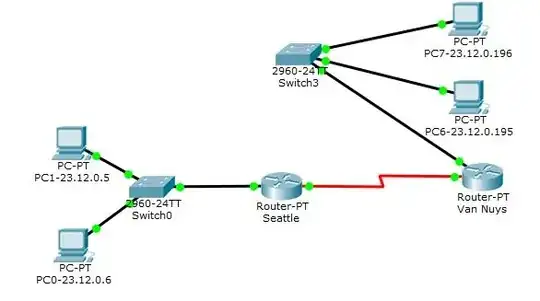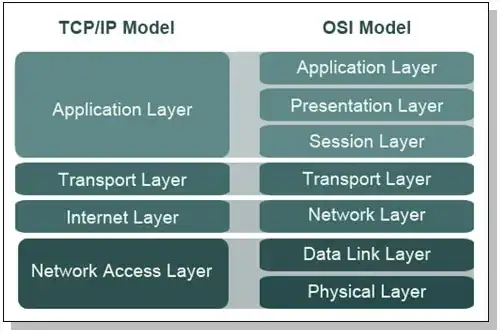I am using Cisco Packet Tracer to simulate a network of two routers each connected to a switch and two hosts per switch. The network is setup as so:

I'm using a default subnet mask of 255.255.255.0. Between router to router, they can ping each other successfully. Between computers on the same switch, they can ping each other successfully. However, when I try to ping PC7 to PC1 for instance, or vice versa, the requests time out. The IP Address of the Seattle Router is 23.12.0.1/24 and Van Nuys is 23.12.0.2/24. I think it might have something to do with the ip route command, but I feel like I've tried everything and still won't work.
Any ideas?
